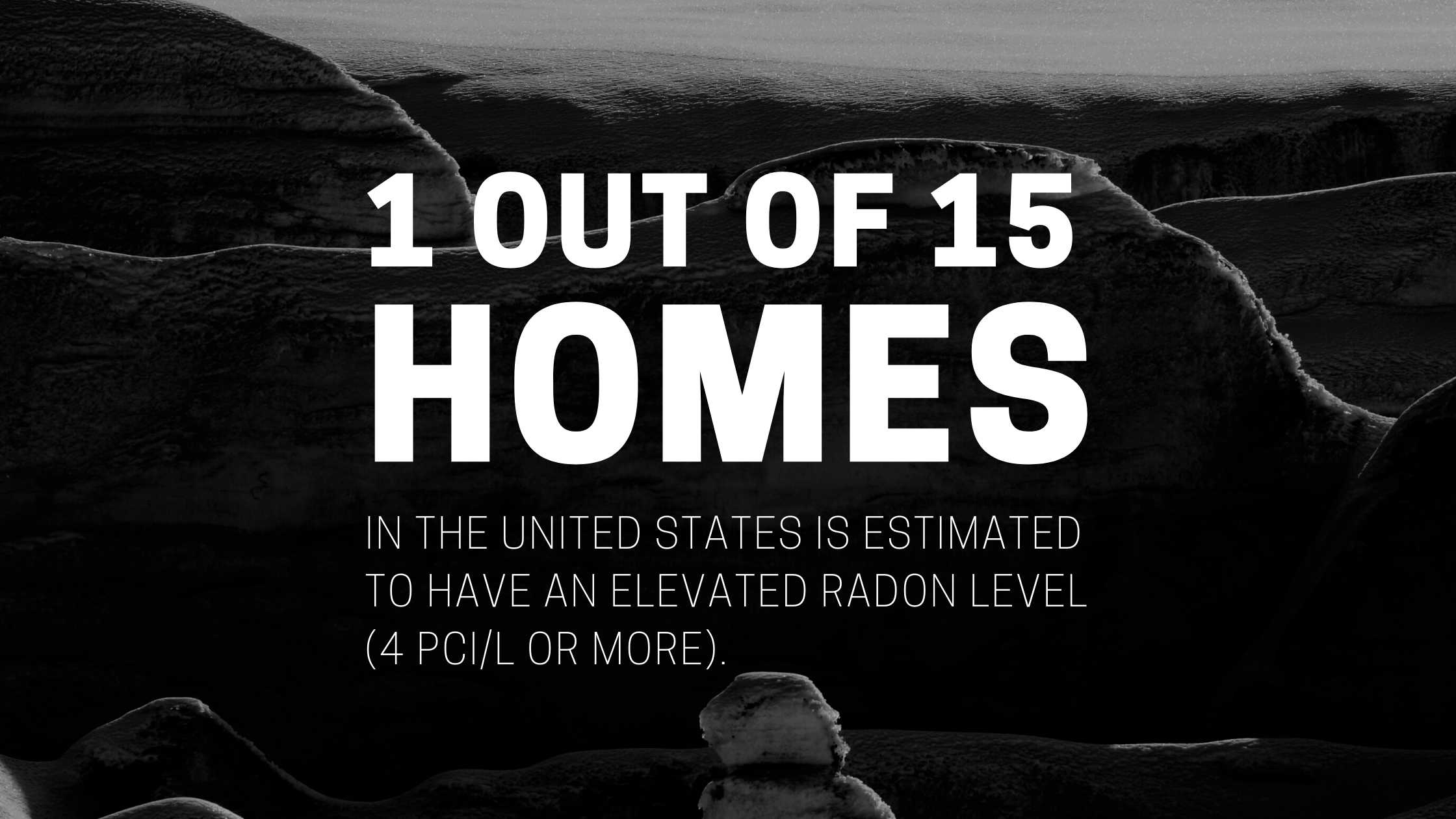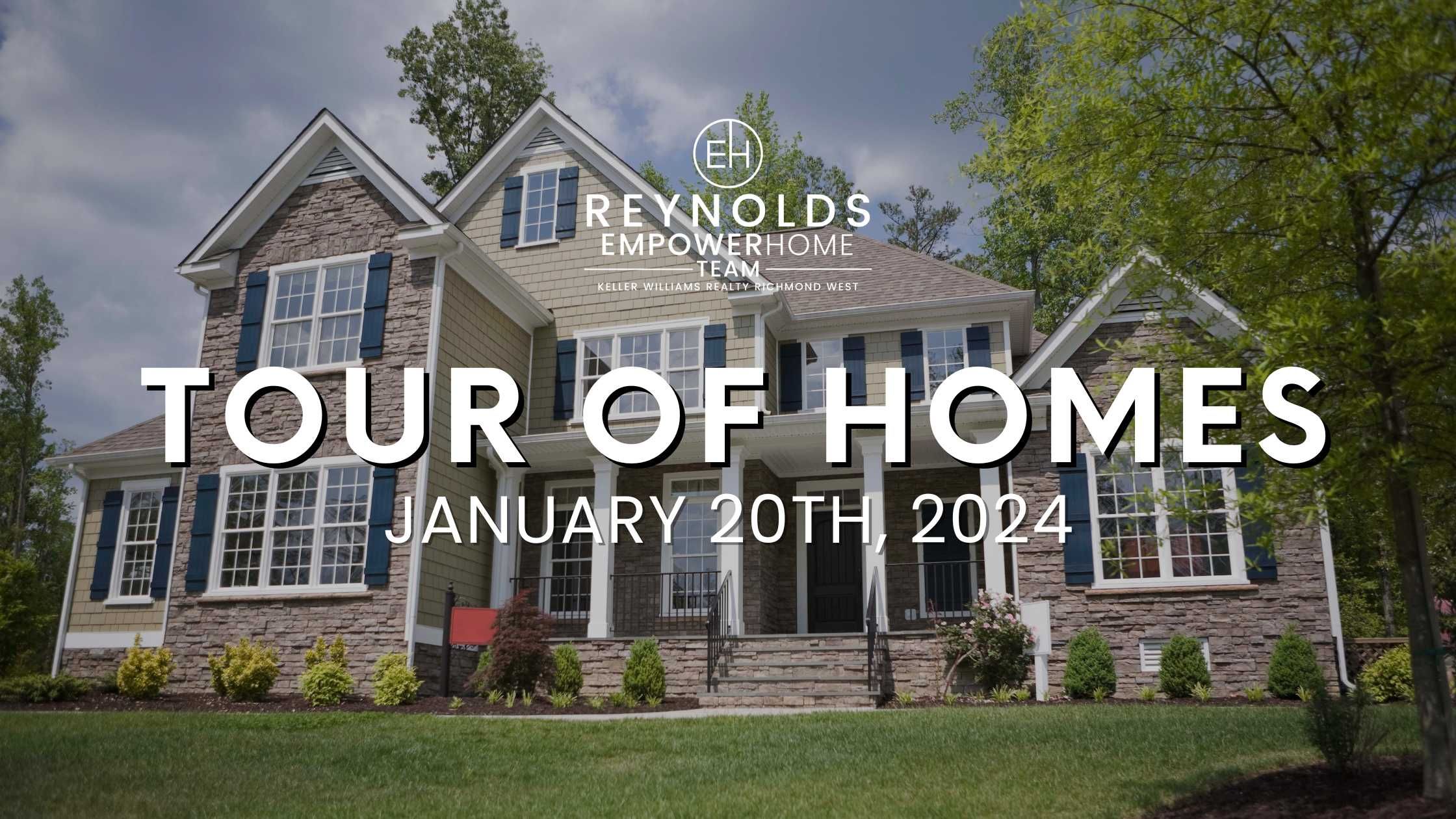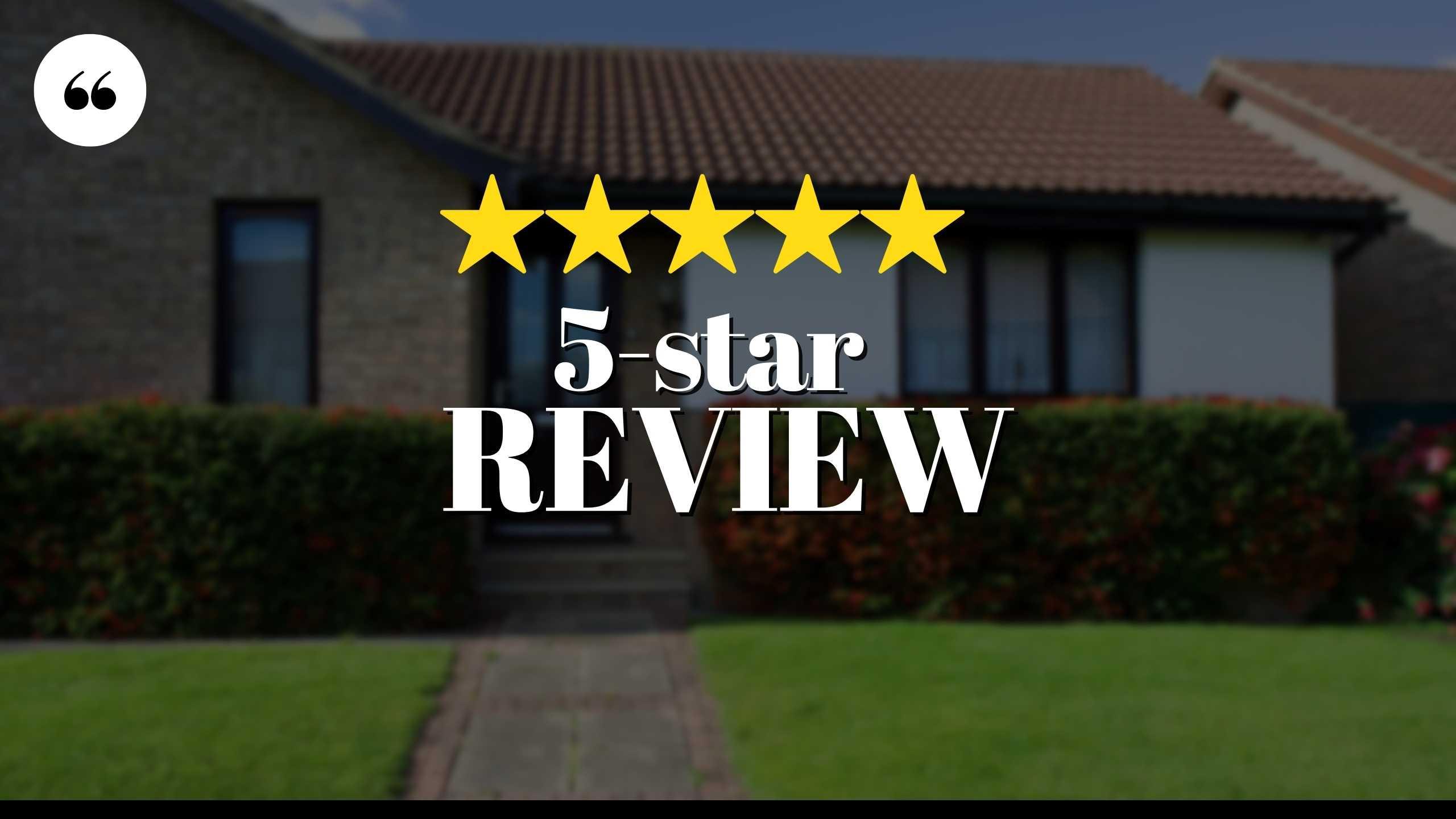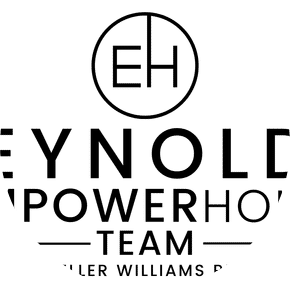What is Radon?
When it comes to any real estate transaction, radon is on every real estate agent’s mind. Radon is a gas that naturally occurs outdoors in harmless amounts, and is produced from the breakdown of uranium in soil and rocks. However, the Surgeon General of the United States has warned that breathing in air contaminated by radon is the second leading cause of lung cancer. Because you cannot see, smell, or taste radon, it is an especially dangerous carcinogen that could have detrimental effects on your health. Real estate agents are especially invested in this radioactive element because it can sometimes get concentrated in homes built on soil with natural uranium deposits. It can enter buildings through cracks in floors or walls, construction joints, or gaps in pipes, and is usually highest in basements or crawl spaces. Any home can have a radon problem, both new and old. Nearly one out of every 15 homes in the United States is estimated to have an elevated radon level (4 pCi/L or more). Keep in mind, you cannot predict radon levels based on location! Even if your next-door neighbors tested negative for radon, it doesn’t mean yours will.
How To Test Radon
Since radon is virtually undetectable, the only way to know if your home has radon is to test it. The EPA suggests you test your home for radon before you put your home on the market, especially if you have recently renovated it and you don’t have a test within the last 2 years. Buyers should make sure that they know the results of a recent radon test before purchasing any property! According to the EPA, you can order a radon test kit by mail from a qualified radon measurement services provider or laboratory, or you can hire a qualified radon tester. There are multiple types of radon tests that you can perform, each needing to be placed in the lowest level of the home.
What to do if Your Home Has Radon?
The EPA suggests that any amount of radon is a risk—no level of radon is safe and even levels below 4 pCi/L should be reduced. If elevated levels are found during a real estate transaction, the buyer and seller need to discuss the timing and costs of radon reduction! Selecting a qualified radon-reduction contractor is important when addressing the radon problem. There are a variety of methods that can be used, most commonly involving sealing cracks and other openings in the foundation, however, the EPA does not recommend sealing alone to limit radon. In addition to sealing, they encourage people to install a “sub-slab depressurization” system to prevent radon gas from entering the home from below the concrete floor and from outside the foundation. You may have seen these on the outside of homes. Typically it’s a pipe that runs from the basement, up the side of the home, and ending near the roofline. Believe or not these are very common and tend to blend in with the home mostly going unnoticed. If you think you’ve been exposed to radon, talk to your doctor about whether you should get regular health checkups and tests to look for possible signs of lung cancer. Possible symptoms include shortness of breath, a new or worsening cough, pain or tightness in the chest, hoarseness, or trouble swallowing.
Supporting Our Clients During a Real Estate Transaction
Our team is committed to looking out for our client’s best interests and protecting them and their families! When buying or selling a home, we take the threat of radon very seriously and can help connect you with a qualified contractor to test radon levels and even fix a radon problem if found in a home.




 By submitting information, I am providing my express written consent to be contacted by representatives of this website through a live agent, artificial or prerecorded voice, and automated SMS text at my residential or cellular number, dialed manually or by autodialer, by email, and mail.
By submitting information, I am providing my express written consent to be contacted by representatives of this website through a live agent, artificial or prerecorded voice, and automated SMS text at my residential or cellular number, dialed manually or by autodialer, by email, and mail.


